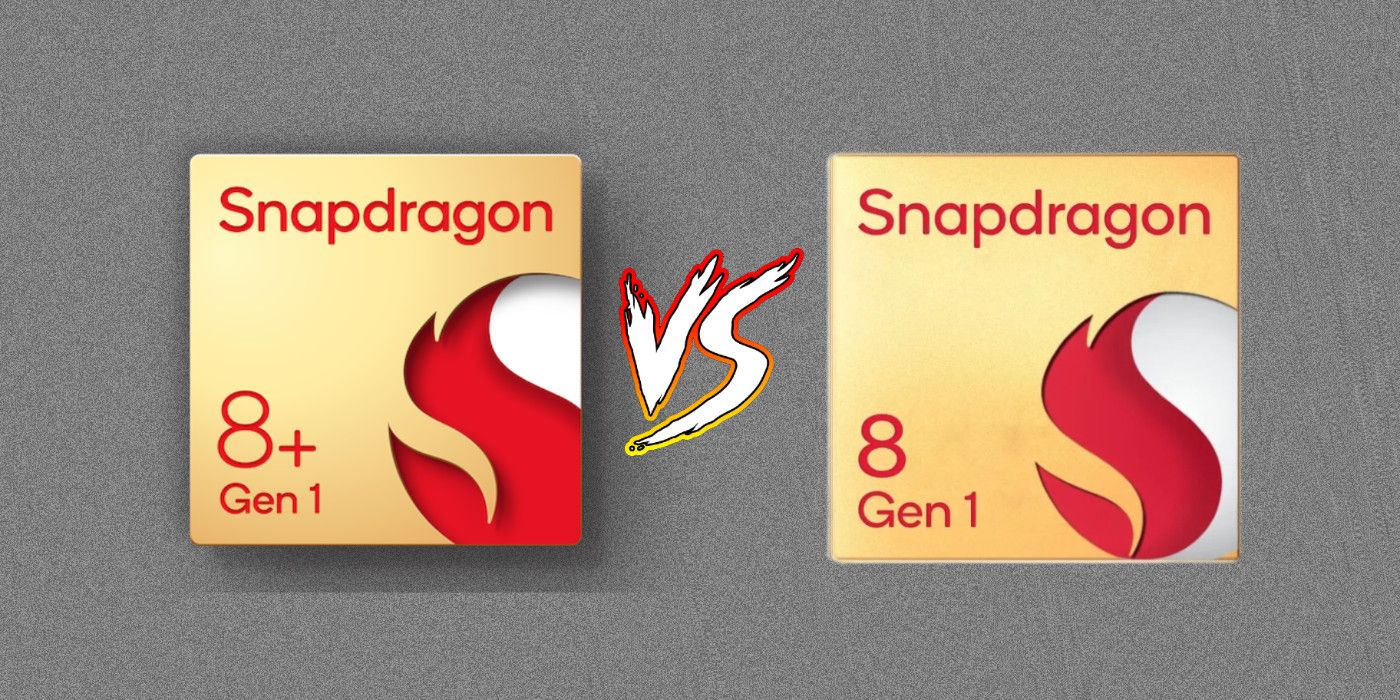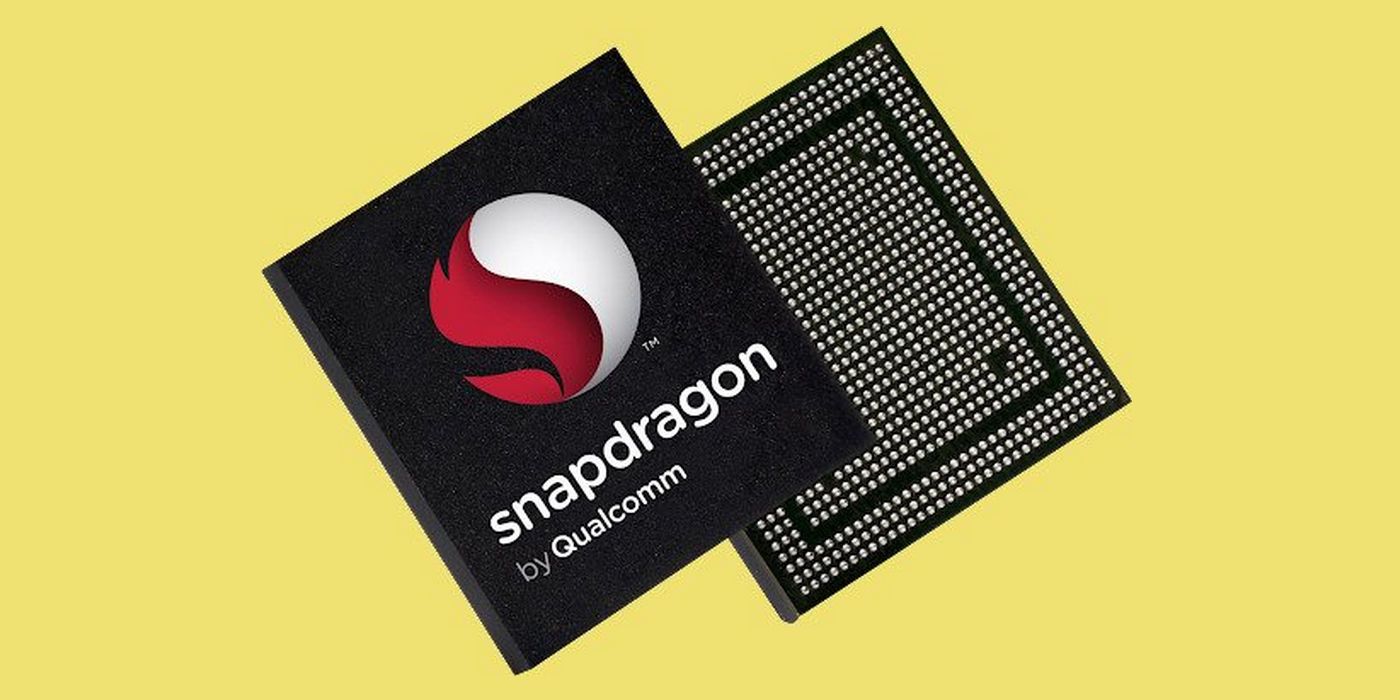The Snapdragon 8+ Gen 1 is Qualcomm's latest premium mobile SoC, but how does it compare to its immediate predecessor, the Snapdragon 8 Gen 1? At a launch event on May 20, Qualcomm unveiled the Snapdragon 8+ Gen 1 and the Snapdragon 7 Gen 1 mobile SoCs. While the latter is a mid-tier chipset for premium mid-range smartphones, the former is the company's new flagship processor that will be found in most of the upcoming top-end smartphones to be launched in the rest of this year. The Snapdragon 8+ Gen 1 is the successor to the Snapdragon 8 Gen 1 that was unveiled late last year and comes with a number of tweaks and upgrades over its predecessor.
Alongside MediaTek, Qualcomm is one of the two leading companies that supply mobile processors to global smartphone-makers. Qualcomm chips power most flagship Android phones sold in the U.S., including those from Samsung and OnePlus. Two of the latest flagship smartphones with Qualcomm processors include the Galaxy S22 Ultra and the OnePlus 10 Pro. The company, however, could be in for a bit of competition in the coming years, as Samsung is also reportedly designing its own premium mobile chip along the lines of Apple and Google.
The Snapdragon 8+ Gen 1 is largely a minor upgrade over the Snapdragon 8 Gen 1, and come with fairly similar specifications for the most part. The biggest difference between the two chips is in their manufacturing process. While the older chip was manufactured by Samsung on its 4nm process node, the new chip is fabricated on TSMC's 4nm process. The Taiwanese company's 4nm node is said to be more advanced than that of Samsung's, and according to Qualcomm, that would result in up to 30 improved power efficiency for the new chip. This would mean better thermal management and therefore, higher speeds for more sustained periods without throttling, resulting in better overall performance.
Subtle Improvements In Specifications
As for the tech specs, both come with an octa-core ARM v9 CPU with Qualcomm's custom Kryo cores, although it is clocked higher in the new chip. They both have a single Cortex-X2 Prime core, 3x Cortex-A710 Gold cores, and 4x Cortex-A510 Silver cores. The single Cortex-X2 core in the Snapdragon 8+ is clocked at up to 3.2GHz as opposed to 3.0GHz in the standard Snapdragon 8, while the Gold cores are now clocked at 2.8GHz instead of 2.5GHz on the older chip. As for the Silver cores, they're clocked at 2.0GHz in the Snapdragon 8+ Gen 1 instead of 1.8Ghz on its predecessor. Both chips also ship with the Adreno 730 GPU with support for features like Snapdragon Elite Gaming and HDR gaming. Qualcomm also claimed to have increased the GPU clock speeds by up to 10 percent and reduced GPU power consumption by up to 30 percent but didn't share the exact numbers.
Both the chips come with Qualcomm's 7th-generation AI engine, but Qualcomm says that the AI engine in the Snapdragon 8+ Gen 1 offers 20 percent better performance per watt in comparison to Snapdragon 8 Gen 1. In terms of the ISP, both the chips come with Qualcomm's triple 18-bit ISP that can capture 3.2 gigapixels per second. They also support staggered HDR, multi-frame capture, and more. In terms of cellular connectivity, both the chips come with an integrated Snapdragon X65 5G modem that offers up to 10Gbps download speeds with sub-6GHz and mmWave support. Both the Qualcomm chips also support Wi-Fi 6E and Bluetooth 5.3.


